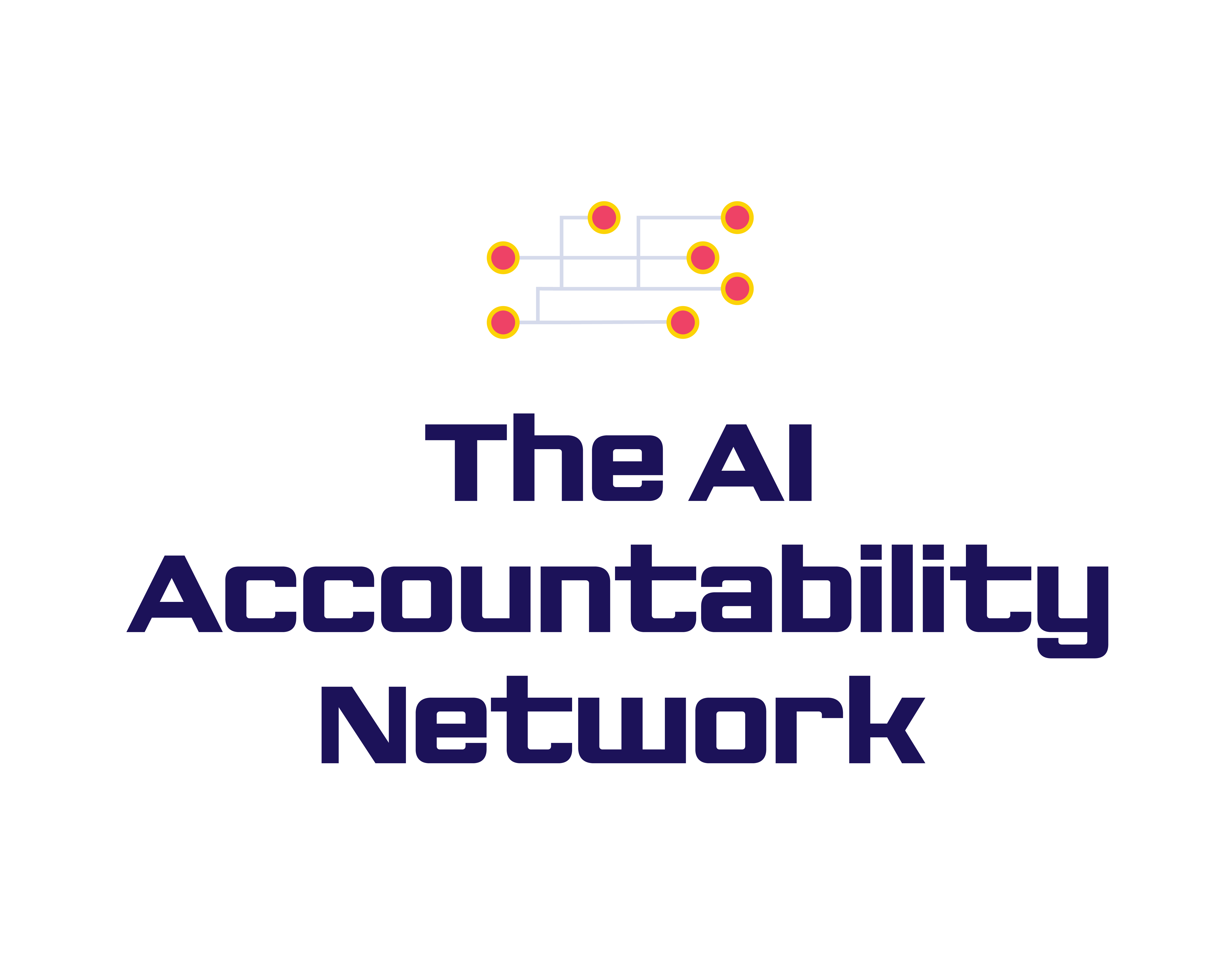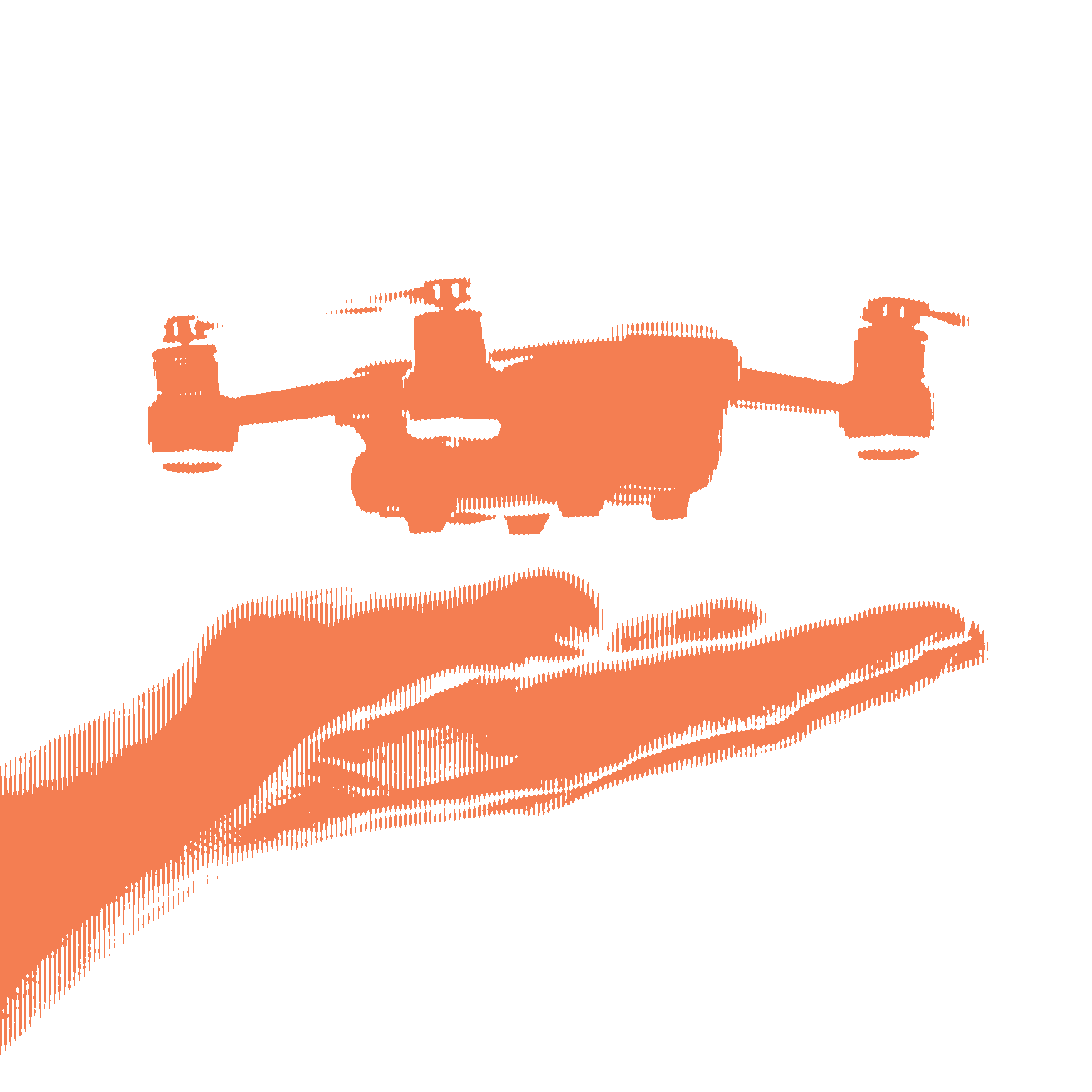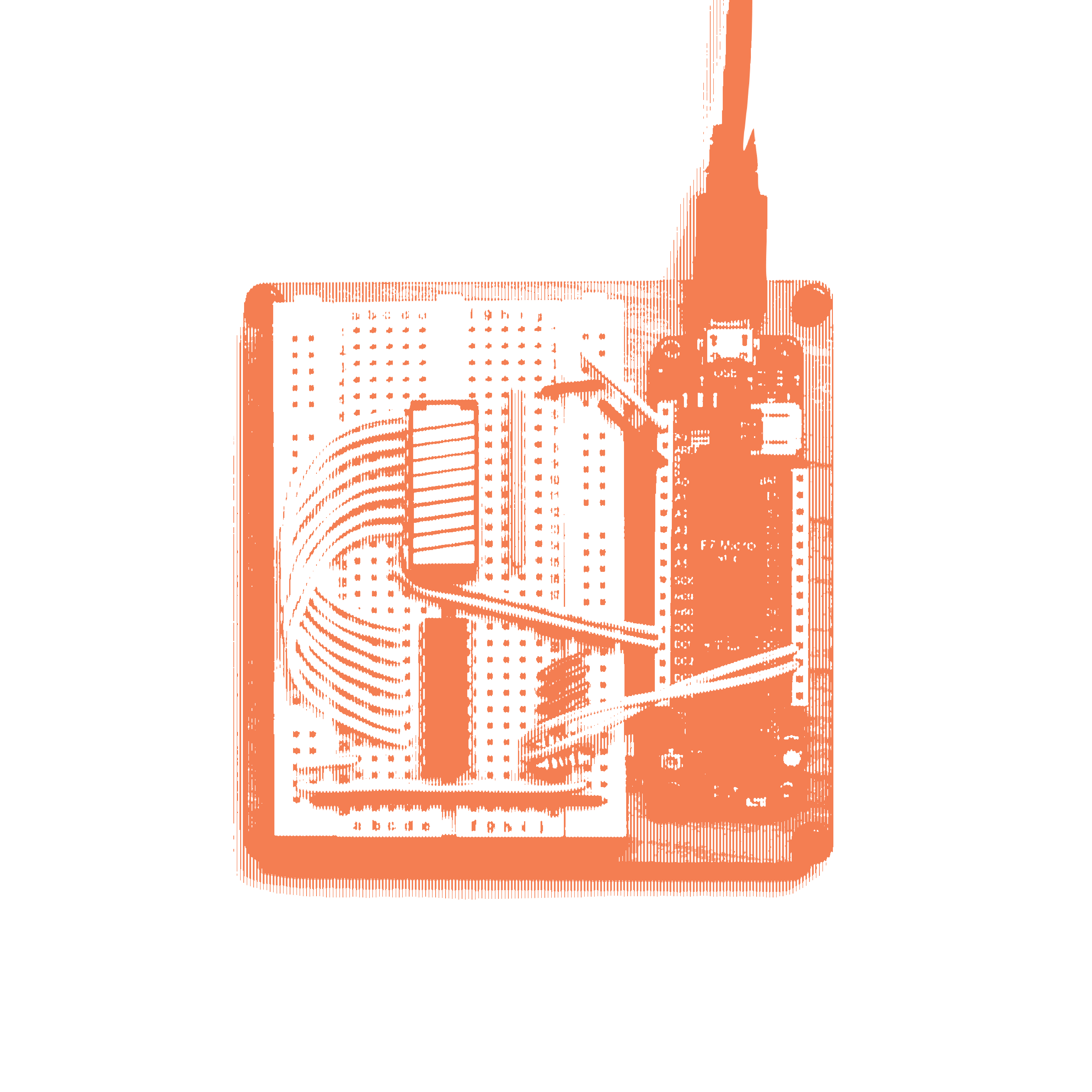Objectives:
Students will be able to…
- Evaluate the value and dangers of monitoring college students’ online activity using AI surveillance technology
- Analyze multiple perspectives in an informational text through a Socratic seminar
- Use research and writing skills to engage with the issue of AI surveillance technology in extension activities
Warm-up:
Students discuss their existing knowledge of artificial intelligence and definitions of AI as a class or in small groups.
1. Have you heard the term artificial intelligence (AI) before? If yes, where? If not, what comes to mind when you hear the term AI?
2. Explore the following three definitions of AI:
- AI refers to machines that can learn, reason, and act for themselves. They can make their own decisions when faced with new situations, in the same way that humans and animals can. (Source: MIT Technology Review)
- AI refers to the simulation of human intelligence in machines that are programmed to think like humans and mimic their actions. The term may also be applied to any machine that exhibits traits associated with a human mind such as learning and problem-solving. (Source: Investopedia)
- In its simplest form, artificial intelligence is a field that combines computer science and robust datasets to enable problem-solving. Expert systems, an early successful application of AI, aimed to copy a human’s decision-making process. (Source: IBM)
3. Discuss what feelings or thoughts come to mind as you read these definitions. What value can you imagine this technology providing? What concerns do you have about its use?
Introducing the Lesson and Central Text:
In this lesson, students will evaluate colleges’ use of artificial intelligence (AI) technology to monitor students' online activity through a close reading, annotation, and a Socratic seminar. Students’ inquiry will be rooted in analysis of “Tracked: How Colleges Use AI To Monitor Student Protests,” a Pulitzer Center-supported investigation by the Dallas Morning News and the Investigative Reporting Program at UC Berkeley’s Graduate School of Journalism.
This story describes how Social Sentinel, a service also known by its new name Navigate360 Detect, offered colleges an AI-driven tool that can track students’ social media activity. According to Social Sentinel, the intended purpose of this technology was to keep students safe by scanning social media posts and identifying students at risk of harming themselves or others. However, “Tracked” revealed that colleges, in partnership with local police departments, have been using this tool to monitor and interfere with student protests.
In this lesson, students will be invited to ask and explore questions about the ethical, practical, legal, and social implications of the use of AI surveillance technology. Extension activities offer opportunities to engage with the reporting further and consider the impact of AI locally and globally.
Socratic Seminar Activity:
Overview
If this is students' first time participating in a Socratic seminar activity, please take a moment to go over what a Socratic seminar is. Students can review the description below as a class as a first step.
ReadWriteThink describes the Socratic seminar as “a formal discussion, based on a text, in which the leader asks open-ended questions. Within the context of the discussion, students listen closely to the comments of others, thinking critically for themselves, and articulate their own thoughts and their responses to the thoughts of others. They learn to work cooperatively and to question intelligently and civilly.” Remind students that a Socratic seminar is not a debate. Their aim should not be to convince others, but to develop a fuller understanding of the text and the issue of AI surveillance technology.
Next, explain the process of a Socratic seminar activity.
Establishing Classroom Norms
Take some time to establish classroom norms before moving on to the main activity. If the class already has established norms, students may review those again before moving on. Below are prompts that can help you get started.
- What does a safe and productive learning environment look like?
- How should students communicate feedback and/or disagreement with one another?
Reading the Reporting
Students read and annotate the Pulitzer Center-supported story “Tracked: How Colleges Use AI To Monitor Student Protests” by Arijit Douglas Sen and Derêka K. Bennett. Students can annotate the story individually or with a partner.
Socratic Seminar
Socratic seminars are usually done in a circle. If possible, students should all get into one big circle. Students can also discuss in a fishbowl format where there is an inner circle (participants) and outer circle (observers/notetakers). Teachers should take on the role of facilitator and encourage students to voice the different perspectives described in the story. The activity should begin with an open-ended question to get the discussion started. For example:
- What do you think about colleges using AI to monitor students’ social media activity?
- Is privacy important, and if so, why?
- What does privacy enable?
- What harm do privacy violations cause?
- How does this story demonstrate tensions between the desires for security and freedom?
Reflection
Allow time for reflection after the seminar. These questions can be explored as part of whole-class discussions or small-group discussions. Below are some questions students can explore.
- How has your understanding of the story been affected by this activity? Did your opinions change?
- What parts of the discussion did you find most interesting, and why?
Extension Activities:
Option 1. Continuing the Investigation
Sen and Bennett’s investigative reporting was published along with an archive of nearly 3,000 documents implicating at least 37 colleges and universities across the U.S. in the use of AI technology to surveil college protests. Social Sentinel’s CEO also claims their services are used in a quarter of K-12 schools in the U.S.
Student journalists have dug into their own and neighboring institutions’ use of Social Sentinel and other AI technologies in order to hold those in power to account. Learn more about these student investigations here.
Is Social Sentinel used at your school, college, or university? How else do surveillance technologies show up in your own life and community? Conduct an investigation into one specific instance that answers the following questions:
- What is the surveillance technology, and how does it work? (Is AI involved?)
- Who is involved in operating this technology?
- Who benefits from this technology, and how?
- Who experiences negative effects from this technology, and how?
Option 2. Making Global Connections
AI technology is transforming communities around the world. Read one of the stories below, then write a short paper (teacher-determined length) answering the following questions: How is AI technology transforming this community, and what can the people featured in this story teach us?
- Uber’s Facial Recognition Is Locking Indian Drivers Out of Their Accounts
- South Africa’s Private Surveillance Machine Is Fueling a Digital Apartheid
- The Gig Workers Fighting Back Against the Algorithms
Option 3. Making Local Connections
Infographics are a great way to raise awareness and share information. Create an infographic that highlights the impact of AI in your community. AI affects communities in many different ways, so you may want to focus on the impact of AI on the legal system, working conditions, the healthcare industry, or another sector in your community.
Your infographic should include the following:
- A title that summarizes the topic of your infographic
- Data visualizations
- Citations (where does your data come from?)
- Additional images
Students can use Canva's free infographic maker for their project.
Common Core Standards:
Reading Standards for Informational Texts, Grades 9-10:
Cite strong and thorough textual evidence to support analysis of what the text says explicitly as well as inferences drawn from the text.
Speaking and Listening Standards, Grades 9-10:
Initiate and participate effectively in a range of collaborative discussions (one-on-one, in groups, and teacher-led) with diverse partners on grades 9–10 topics, texts, and issues, building on others’ ideas and expressing their own clearly and persuasively.
Present information, findings, and supporting evidence clearly, concisely, and logically such that listeners can follow the line of reasoning and the organization, development, substance, and style are appropriate to purpose, audience, and task.










